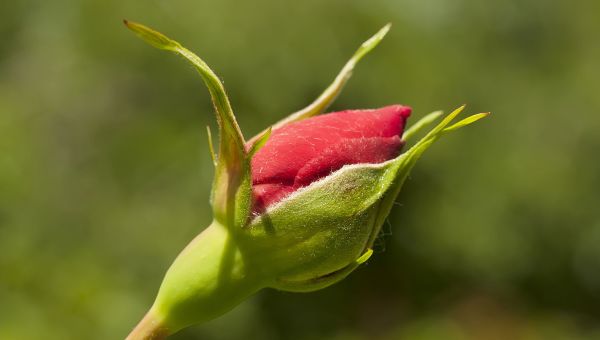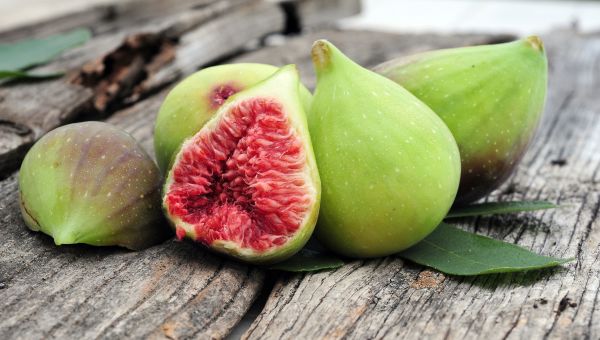6 amazing facts about the clitoris
This tiny organ has 8,000 nerve endings dedicated solely to pleasure. And that’s not all.
Updated on August 22, 2023

When we talk about female anatomy, the vagina often gets a lot of attention. But if the discussion is about sexual pleasure, there is another organ to learn about: the clitoris.
The clitoris is a complex structure comprising erectile tissue, blood vessels, and nerves. It sits just above and on each side of the vaginal opening. Although up to 90 percent of the organ lies beneath the skin, the visible part of the clitoris is often described as a small button. But that little button can play a big role in your sex life.

Its sole purpose is pleasure
Most of our organs have a function that serves our physical survival. The heart pumps blood to the body. The lungs deliver oxygen. The penis expels urine and aids in reproduction.
The only organ whose sole purpose is pleasure—is the clitoris. For various reasons throughout history, the clitoris has often been left out of the conversation. In fact, illustrations of the female reproductive system in the 25th edition of Gray’s Anatomy, published in 1948, omitted the organ entirely.
But then in 1953, Alfred Kinsey, an American biologist and the founder of the Institute for Sex Research at Indiana University, called the clitoris "the center of female pleasure." Kinsey’s proclamation played a pivotal role in expanding our understanding of the clitoris. The organ has since been written back into medical literature.

It has more nerve endings than the penis
The penis contains a large quantity of nerve endings, numbering in the thousands. But the clitoris has even more, somewhere between 7,000 and 8,000.
Nerve endings are sensors responsible for sending messages to the brain. They're found all over the body, and in greater concentrations in sensitive places like the feet, hands, and genitals. Your nerve endings can help keep you out of danger, alerting your brain when you brush against something hot, cold, or sharp.
These tiny structures can also transmit pleasure signals, and the more nerve endings that are concentrated in one area, the more powerful the message. That means the clitoris, with its many sensors, can send some serious pleasure cues.

It’s Responsible For Most Orgasms
Though vaginal stimulation is one way to achieve orgasm, the majority of people don’t climax that way: Regardless of a partner’s size, shape, or performance, only about 25 percent of people with a vagina can successfully achieve an orgasm from vaginal stimulation alone. A majority require clitoral stimulation to reach climax.
“To orgasm, some people have to specifically focus on the clitoris with manual stimulation,” says Elizabeth Newell, MD, an OBGYN in Spokane, Washington. “Other people can orgasm through friction against the clitoris during vaginal intercourse.” If someone’s clitoris is located closer to the vaginal opening, they may be more likely to achieve orgasm during sex, she says.

It's much bigger than you think
“Although we see only a very small part of the clitoris, it's actually a decent-sized organ,” says Newell. How big is it exactly? The visible portion, called the glans, measures anywhere from 3/4 of an inch to 1 inch in length. But, as with the roots of a plant, there is much more going on beneath the surface.
Symmetrical portions of the clitoris—called the crura and bulbs—extend more than 3 inches along both sides of the inner labia and the front wall of the lower part of the vagina. The shaft, which connects the glans to the bulbs, may stretch as long as 5 inches inside the body. Stimulating any part of the clitoral tissue—not only the glans, but also the parts that are under the skin—can contribute to arousal and orgasm.

It can become erect
Much like the penis, the clitoris can become erect. During sexual arousal, the blood vessels dilate, sending more blood to the area, which causes it to swell. “When the size of the clitoris increases or expands, it’s what we call vasocongestion,” says Newell.
When aroused, the clitoris, particularly the bulbs, can double in size. Following orgasm, swelling typically subsides within about 10 minutes. If your clitoris becomes engorged but you don’t reach a climax, the erection can last for several hours. Some people find this uncomfortable; others may not.

It’s Not One Size or Shape
Anatomy comes in all shapes and sizes. Your clitoris may look a little different from drawings you may remember from high school health class, or others you may have seen.
“Most people have a clitoral hood covering the glans of the clitoris. In some people it's more prominent, and for others, it's a bit more hidden,” says Newell. For those with a larger covering, it may take a little more work to find the clitoris. If you have concerns about reaching orgasm through clitoral or vaginal stimulation, there can be many reasons, but it’s always a good idea to check in with your OB/GYN to discuss options. The clitoris is a unique part of your anatomy, but there are many ways to achieve pleasure.

Rachel E. Gross. The Clitoris, Uncovered: An Intimate History. Scientific American. March 4, 2020.
Wallen K, Lloyd EA. Female sexual arousal: genital anatomy and orgasm in intercourse. Horm Behav. 2011;59(5):780-792.
Verkauf BS, Von Thron J, O’Brien WF. Clitoral size in normal women. Obstet Gynecol. 1992;80(1):41-44.
O’Connell HE, Sanjeevan KV, Hutson JM. Anatomy of the clitoris. J Urol. 2005;174(4 Pt 1):1189-1195.
More On


video

article

slideshow


video


video
